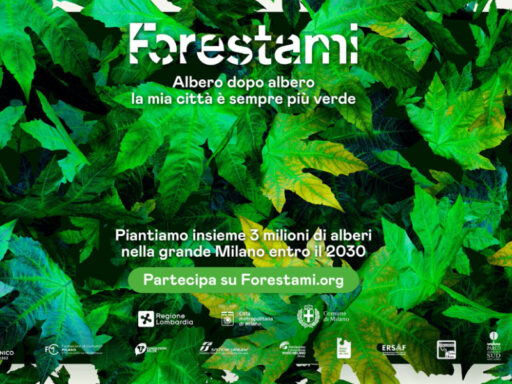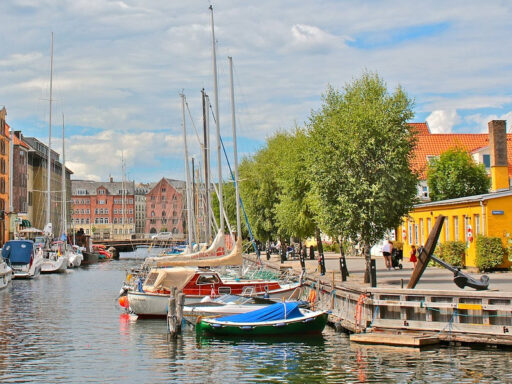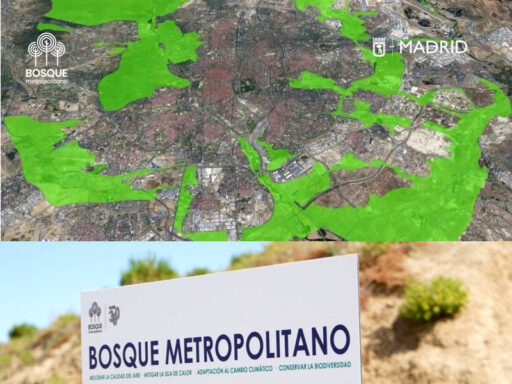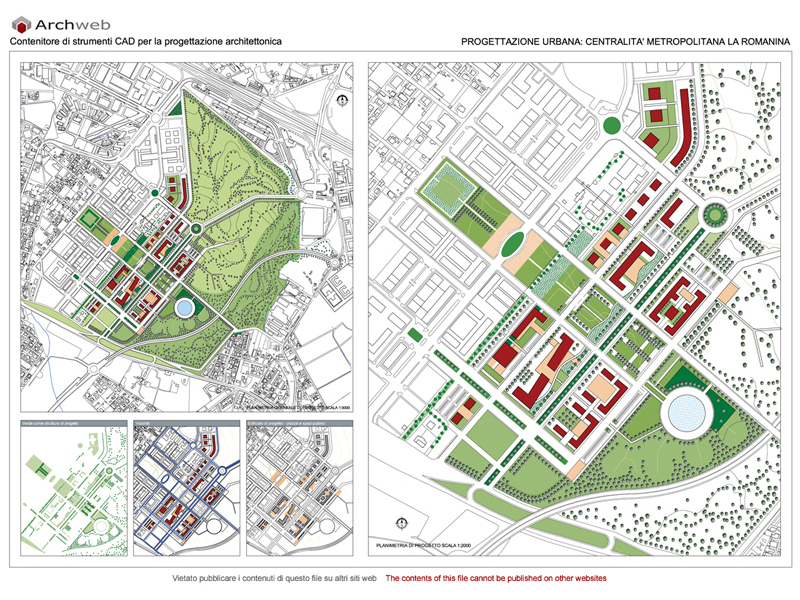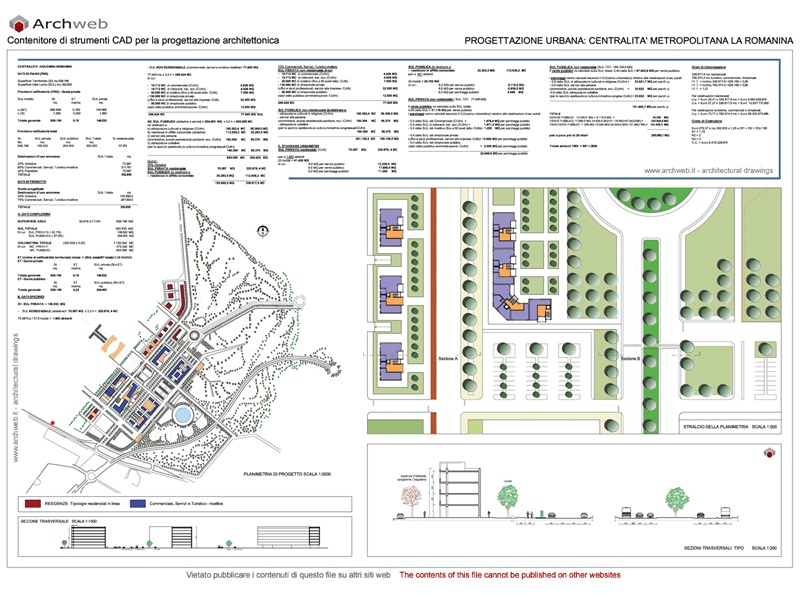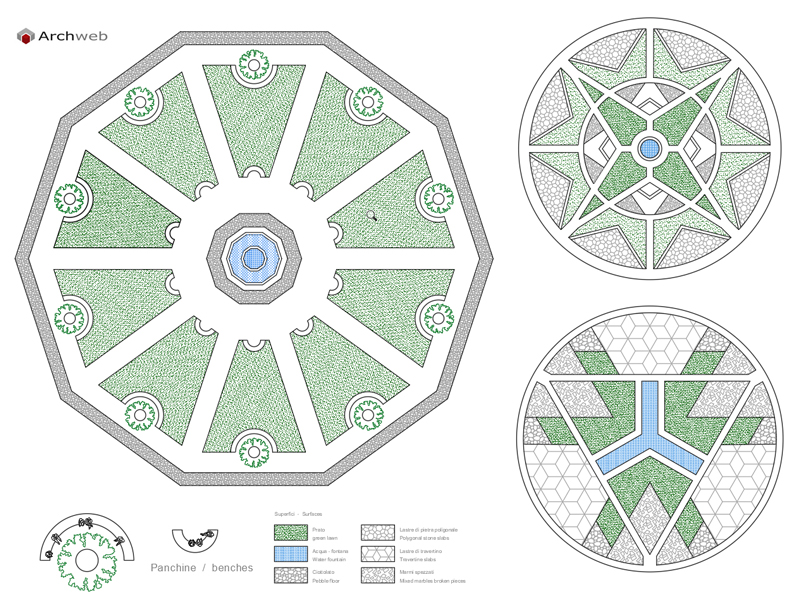Urban Regeneration and PNRR
to reduce marginalization and social degradation: we'll see
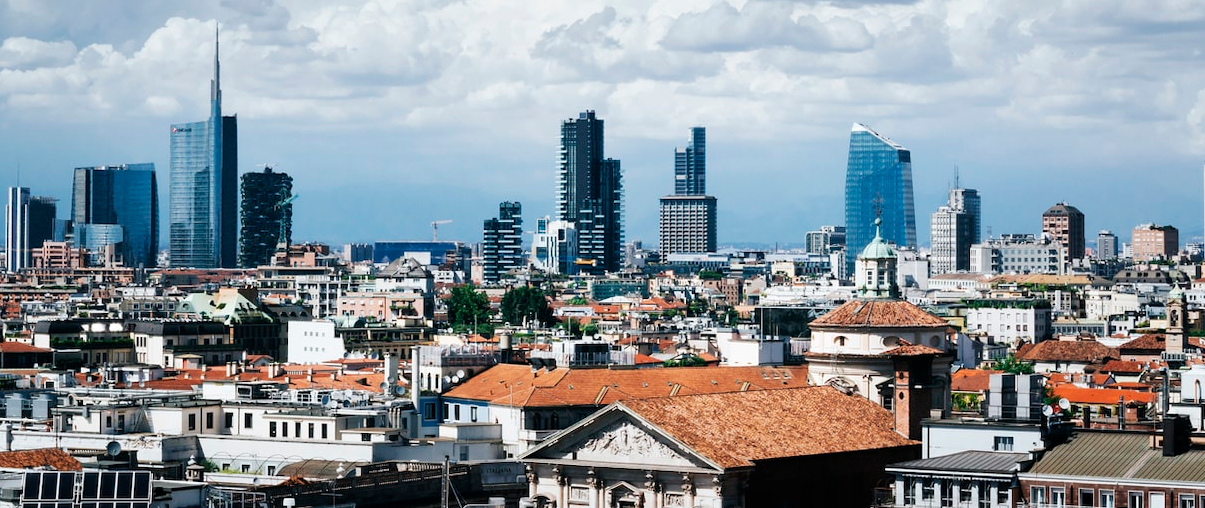
The PNRR has launched many initiatives and projects aimed at the redevelopment of small villages, cities and metropolises, allocating a fund of 3.3 billion euros.
In Mission 5 “Inclusion and cohesion” – Component 2 “Social infrastructures, families, communities and the third sector”, we read that the investment 2.1. “Investments in urban regeneration projects, aimed at reducing situations of marginalization and social degradation” is aimed at providing contributions to Municipalities for investments in urban regeneration, in order to reduce situations of marginalization and social degradation as well as improve the quality of urban decorum as well as the social and environmental context.
The investment concerns different types of shares, such as:
- maintenance for the re-use and re-functionalization of existing public areas and public building structures for purposes of public interest. It also includes the demolition of illegal works and the arrangement of pertinent areas;
- the improvement of urban decorum and of the social and environmental fabric, also through the building renovation of public buildings, aimed at the development of social and cultural, educational and didactic services, or at the promotion of cultural and sporting activities;
- interventions for sustainable mobility.
The objective of the plan is above all to combat the marginalization and social degradation accentuated by the pandemic situation. The plan also looks at strategies aimed at improving the country’s infrastructure system, promoting sustainable mobility; it also looks at the enhancement of assets confiscated from the mafias and promotes places of culture and historical-artistic heritage.
A wide-ranging urban regeneration that embraces small towns, up to metropolitan cities.
The goals set for 2026 are very clear:
- regenerate from degradation and social marginalization at least 1 million square meters in 300 municipalities with more than 15 thousand inhabitants;
- redevelop 3 million square meters of suburbs in 14 metropolitan cities;
- complete 10 regeneration projects for social inclusion with the support of a dedicated Fund, managed by the European Investment Bank;
- recover at least 200 assets confiscated from the mafias to be allocated to new meeting and living spaces.
A great opportunity for the entire national territory which, in just a few years, is called to act concretely by renovating public buildings and redeveloping degraded areas, not only to give new life to cities, but also to improve cohesion and social inclusion.
We therefore await 2026, the year in which the fruits of this enormous investment will be seen. Actions are already underway that aim not only at the restructuring of public assets and the demolition of illegal buildings, but also at improving the quality of life of citizens through the enhancement of services aimed at it, the promotion of sustainable mobility and cultural activities and sports in the recovered spaces.
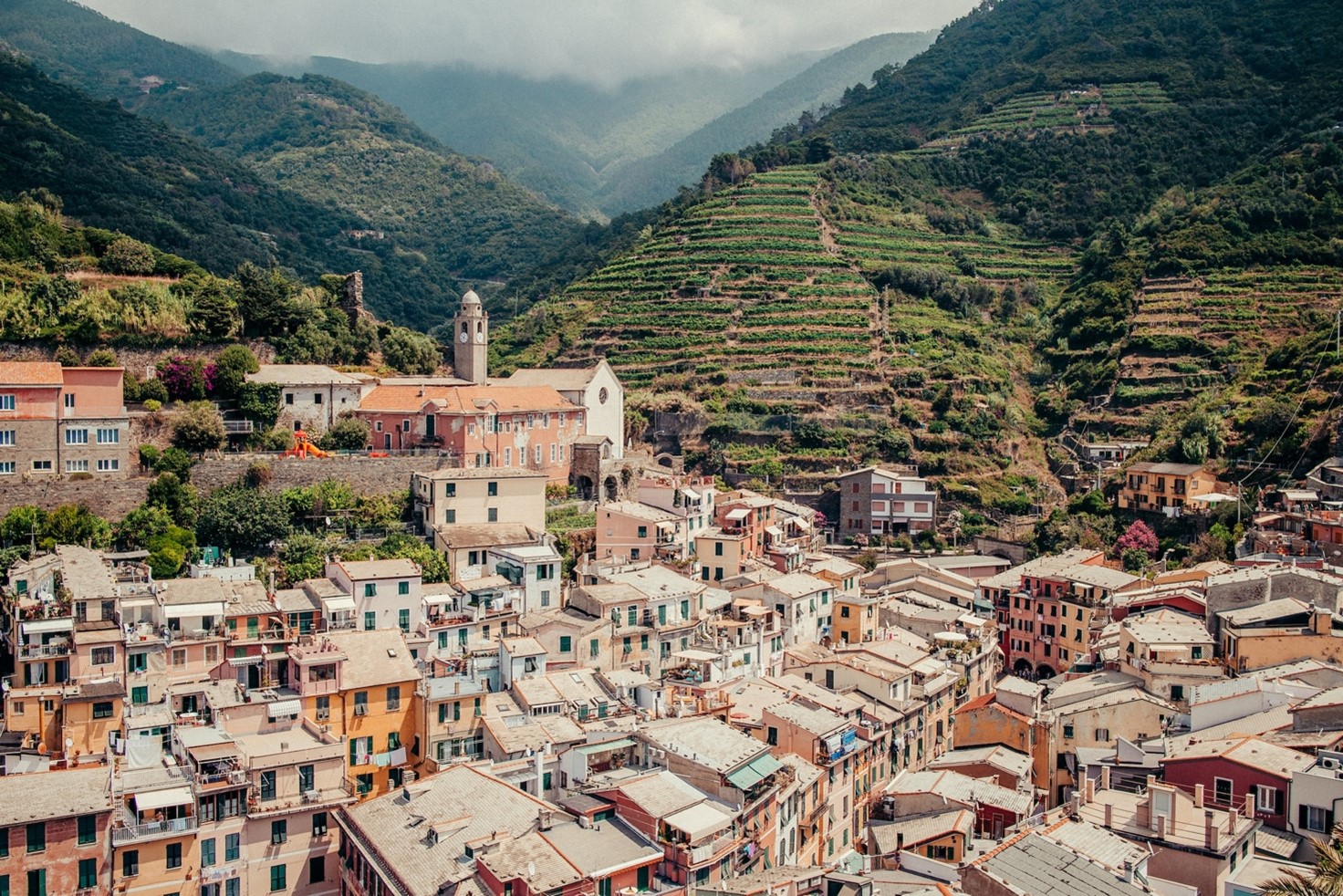
Although the plan is a great opportunity for the country, it presents another side of the coin caused mainly on the one hand by having focused on local skills and on the other by having focused on the quantity rather than the quality of the interventions.
Everything is entrusted to the territorial capacity to attract funding. The risk is that those who are already virtuous will become even more virtuous, leaving behind those countries and territories already in difficulty. Although the PNRR promotes the rebalancing of differences, promoting economic, social and civil equality, in fact it risks rewarding those who are already better equipped and abler today, precisely because the plan focuses on local skills in an Italy where around 8 thousand municipalities do not they have equal skills and resources. The risk is a strong centralization of funding and an accentuation of the gap that already exists on the national territory.
As regards having relied on quantity and not on quality, there is a risk of creating wonderful containers inside for which a strategic integrated management plan has not been imagined.
Just to give two examples above all, this will lead schools to equip themselves with cutting-edge goods and equipment, without having imagined the remodeling and innovation of the school service and the educational system; will create numerous nursing homes for the elderly which will take the form of islands totally separated from the urban context, in contradiction with a demand for greater openness and integration between generations.
What emerges clearly is that once again the focus is not on communities and community relations which are in fact the real thrust and lifeblood of regeneration, but with a line that smacks of nostalgia from a building boom, the focus is once again on construction, to tangible interventions and brick.






























































